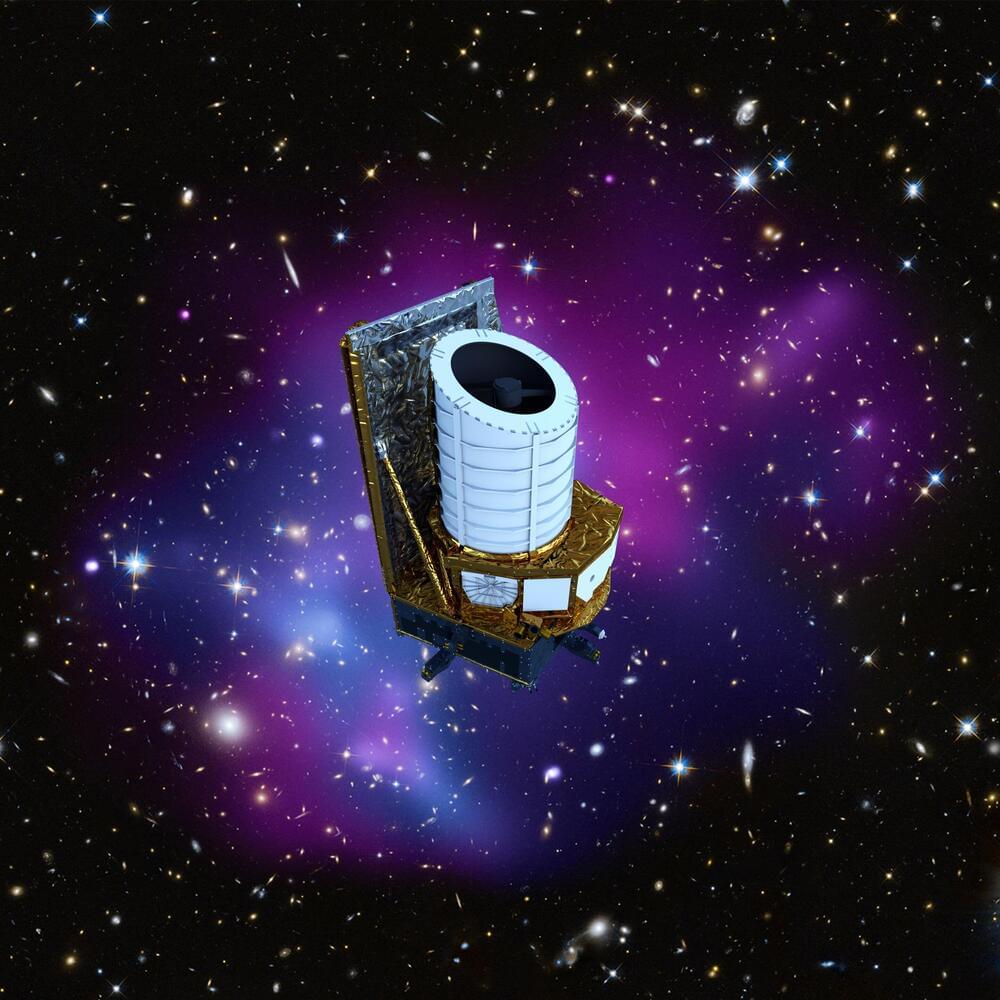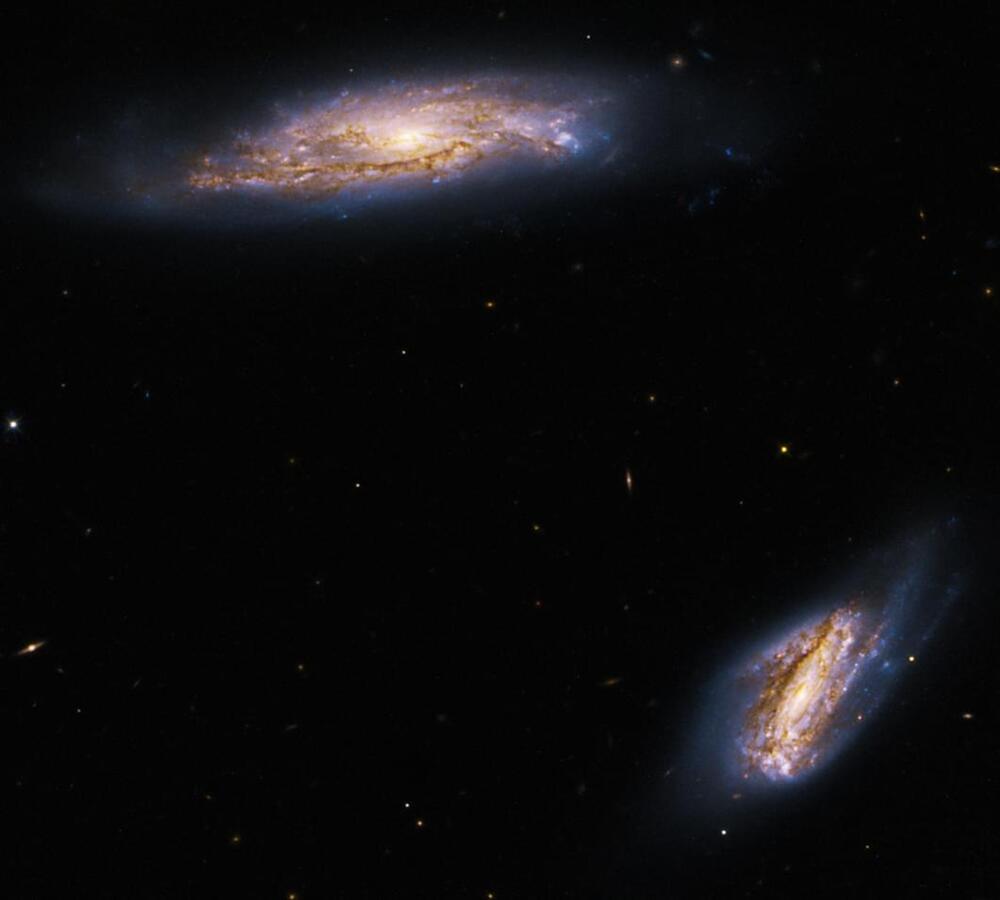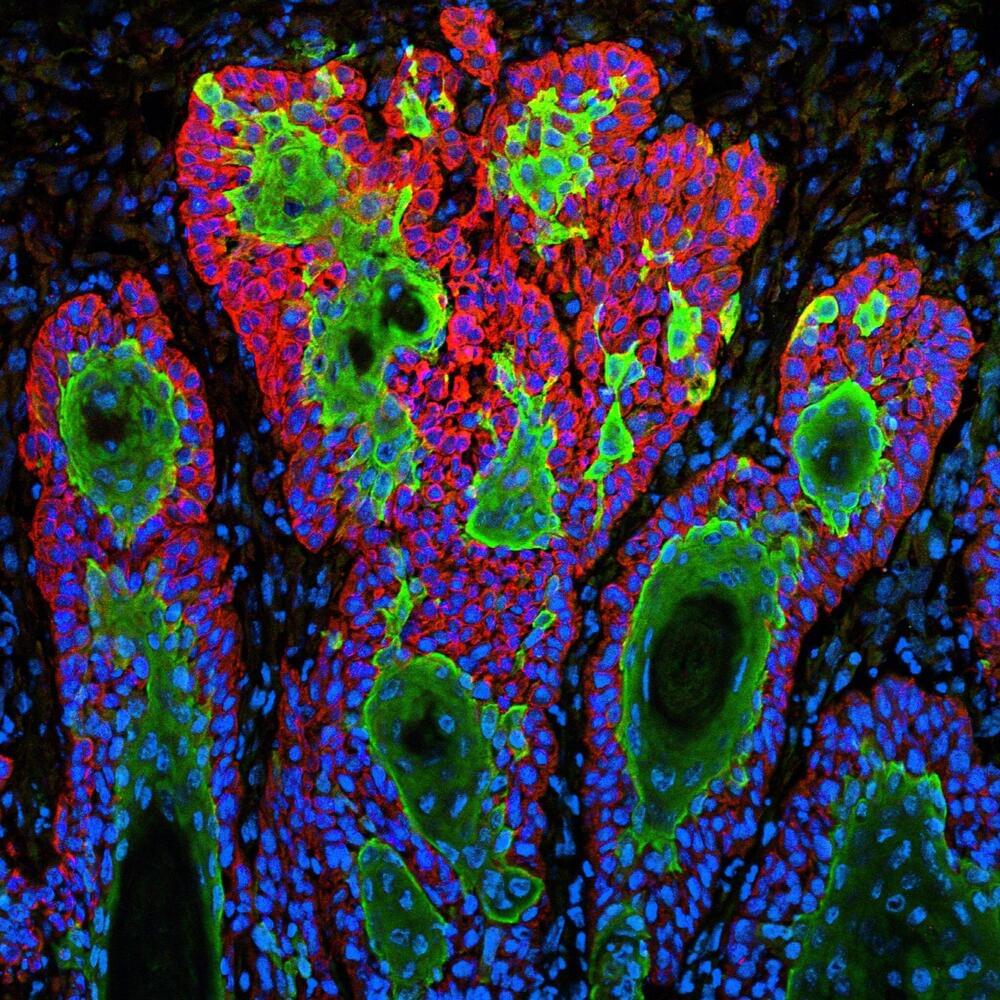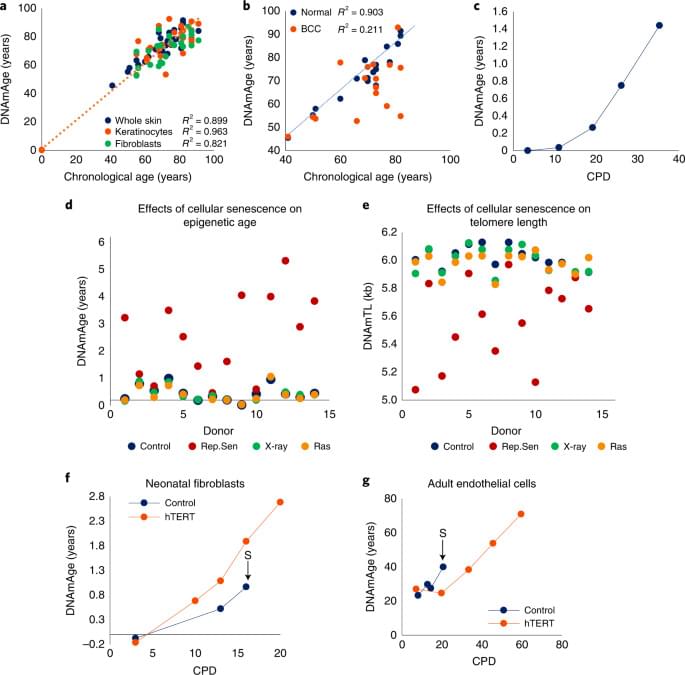May 29, 2022
Artificial intelligence helps in the identification of astronomical objects
Posted by Dan Kummer in categories: information science, robotics/AI, space
Classifying celestial objects is a long-standing problem. With sources at near unimaginable distances, sometimes it’s difficult for researchers to distinguish between objects such as stars, galaxies, quasars or supernovae.
Instituto de Astrofísica e Ciências do Espaço’s (IA) researchers Pedro Cunha and Andrew Humphrey tried to solve this classical problem by creating SHEEP, a machine-learning algorithm that determines the nature of astronomical sources. Andrew Humphrey (IA & University of Porto, Portugal) comments: “The problem of classifying celestial objects is very challenging, in terms of the numbers and the complexity of the universe, and artificial intelligence is a very promising tool for this type of task.”
The first author of the article, now published in the journal Astronomy & Astrophysics, Pedro Cunha, a Ph.D. student at IA and in the Dept. of Physics and the University of Porto, says, “This work was born as a side project from my MSc thesis. It combined the lessons learned during that time into a unique project.”


















